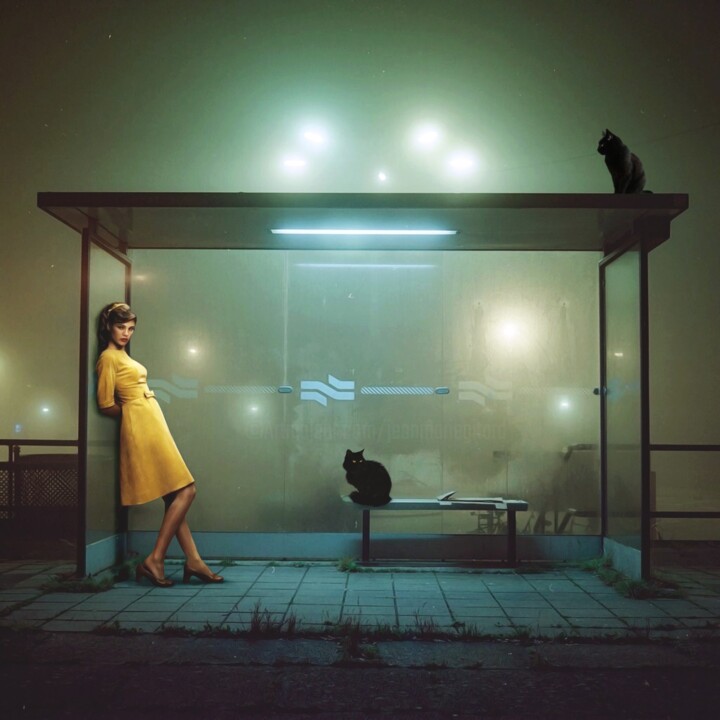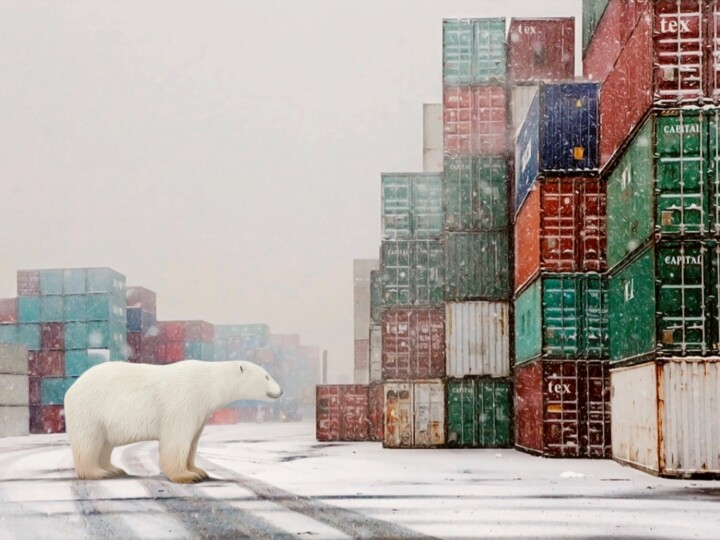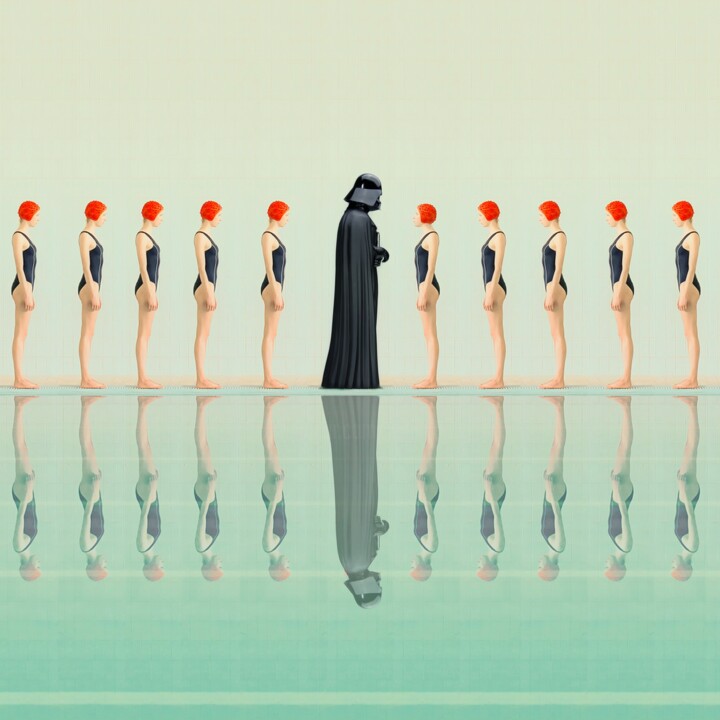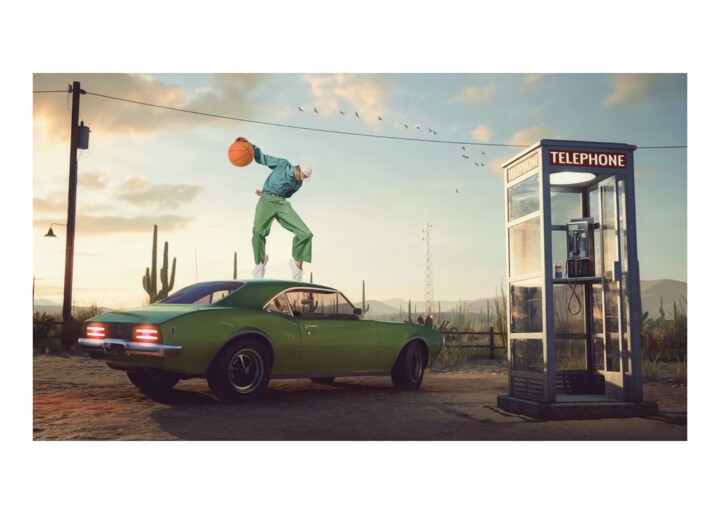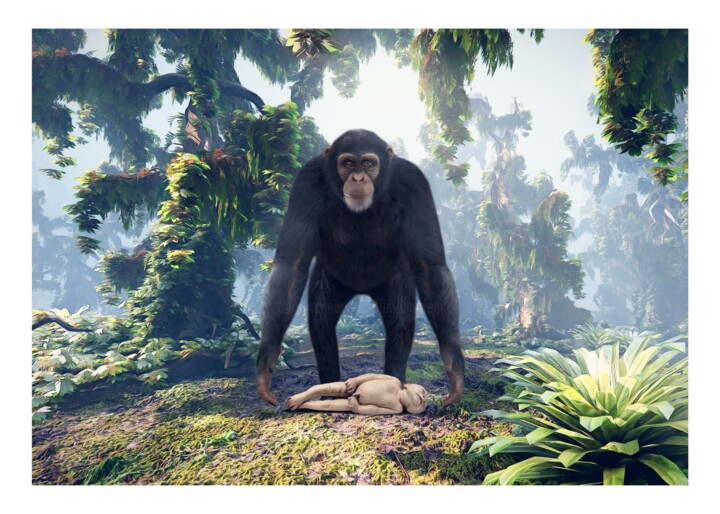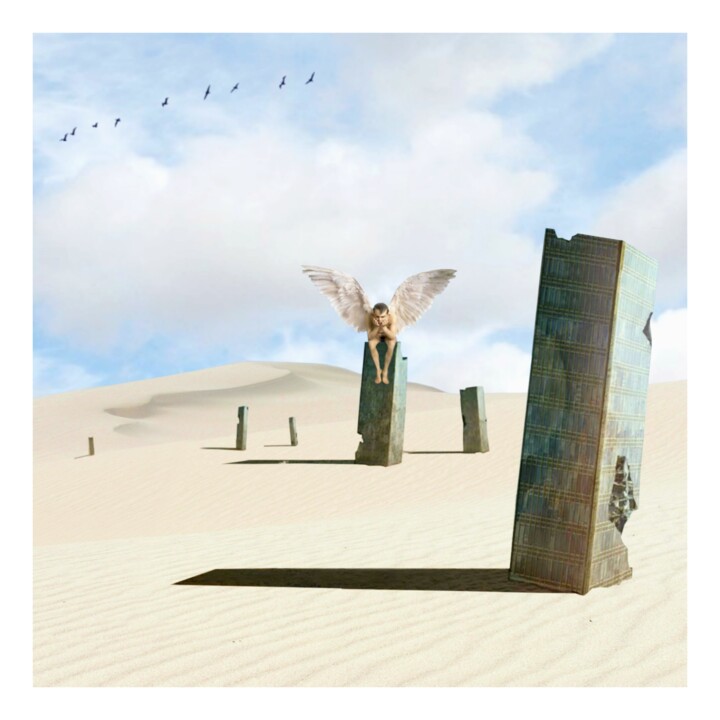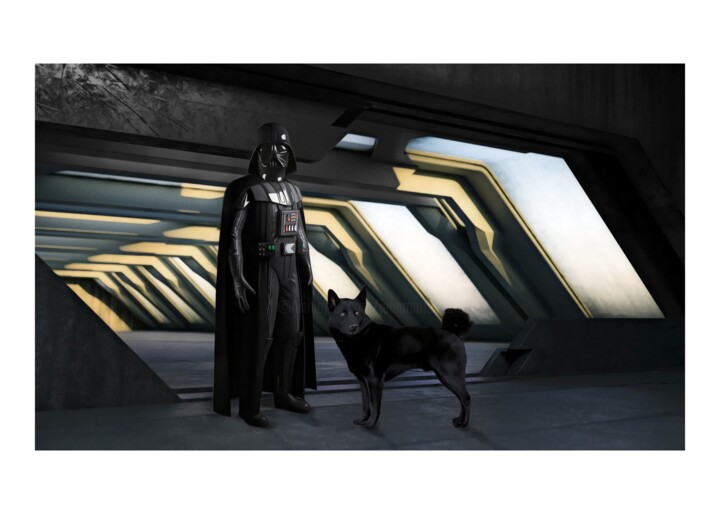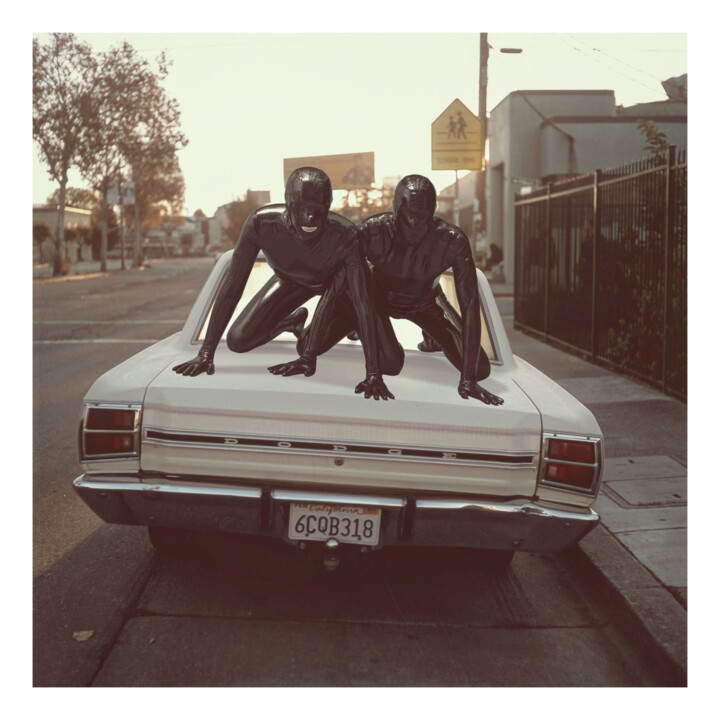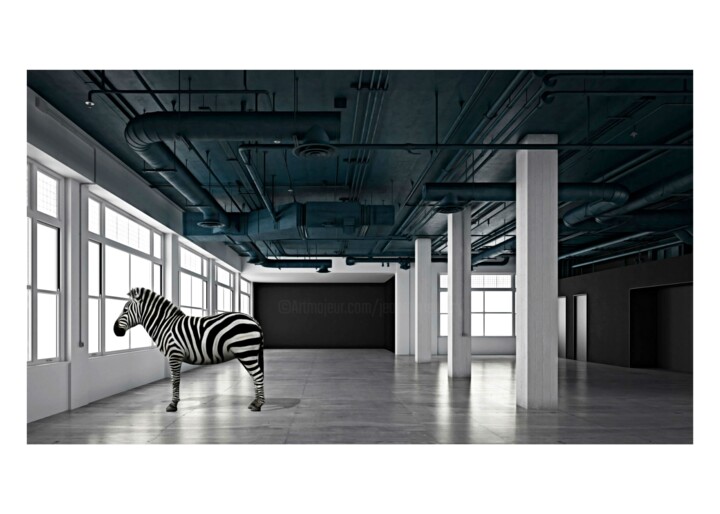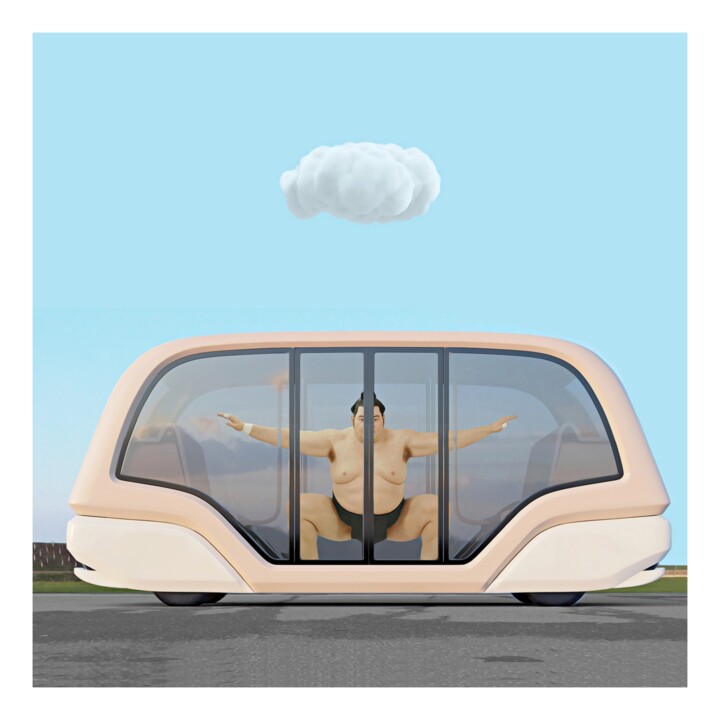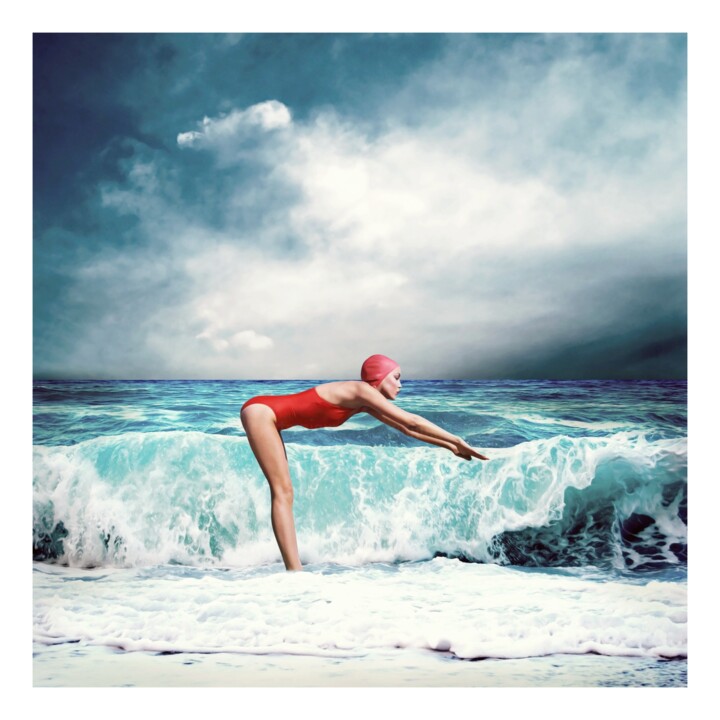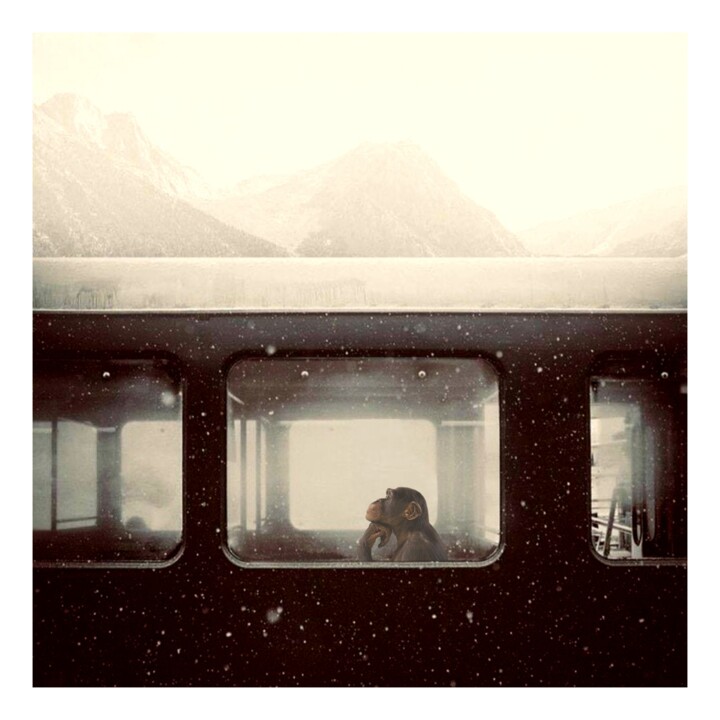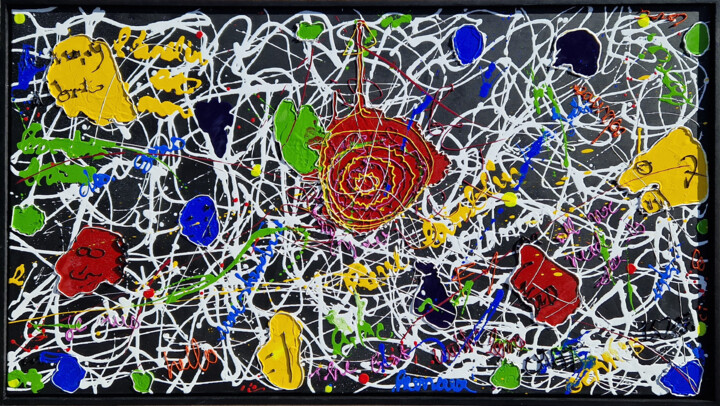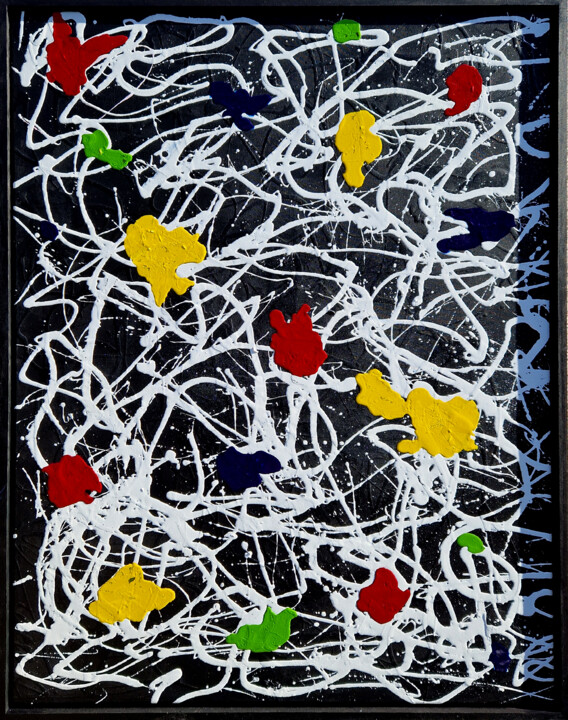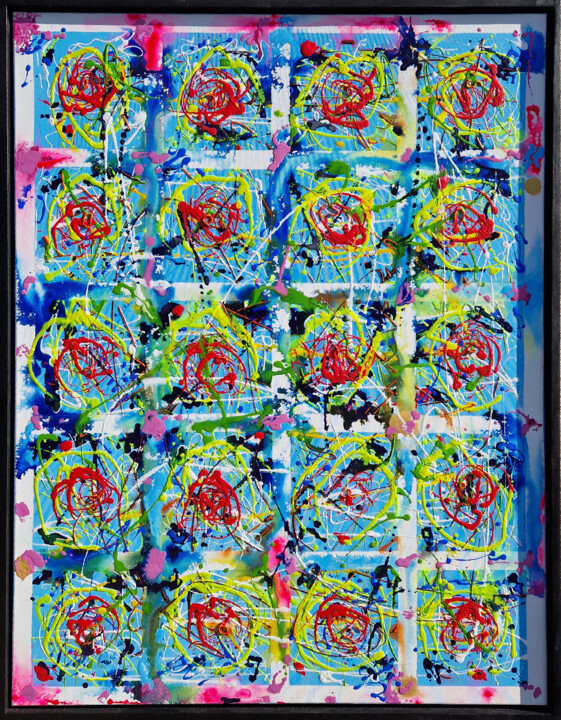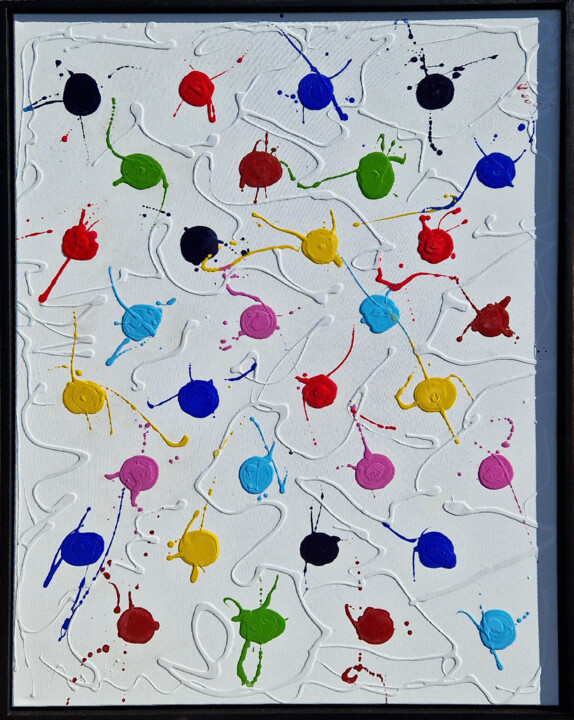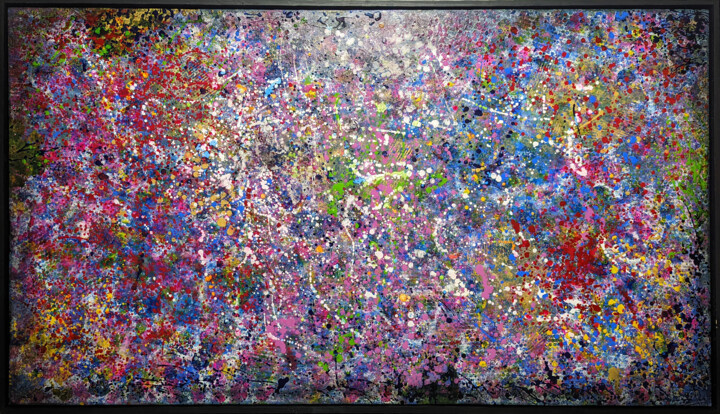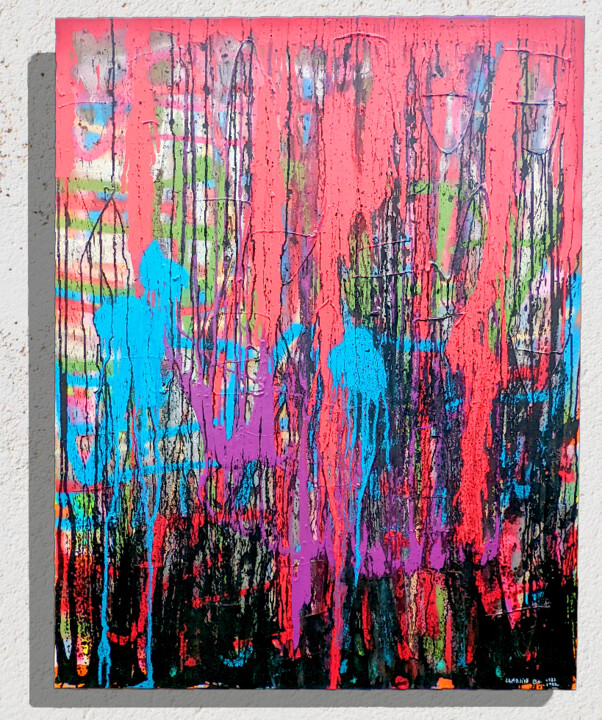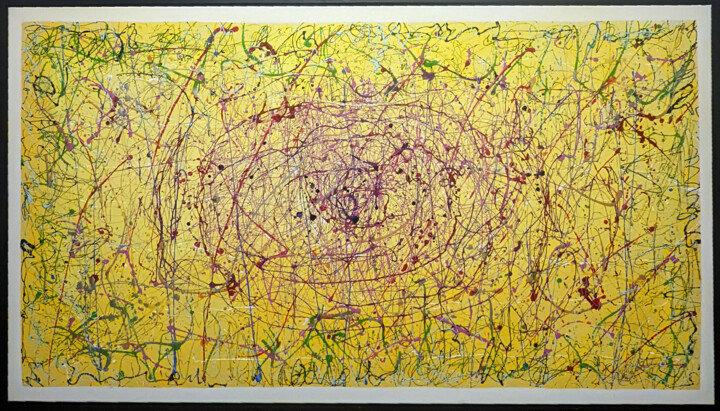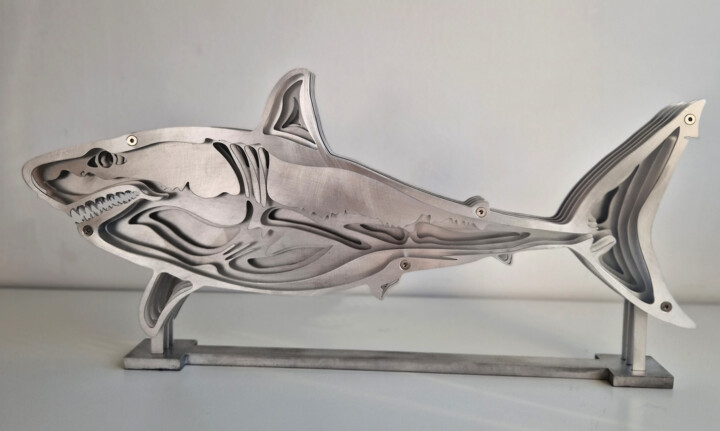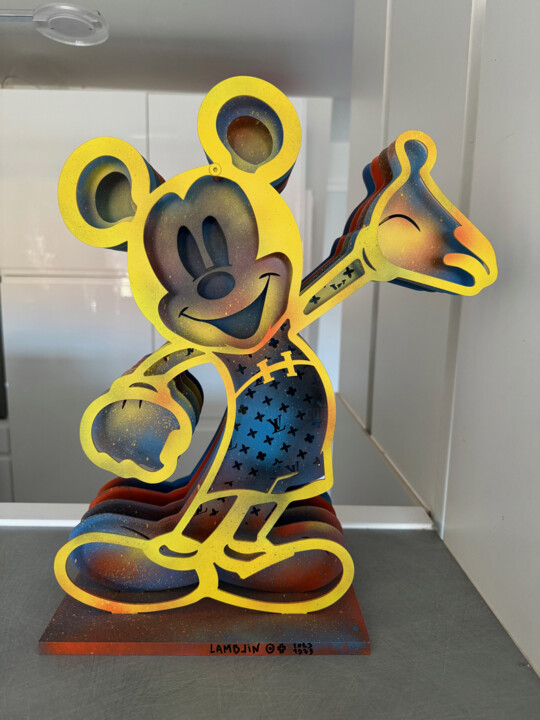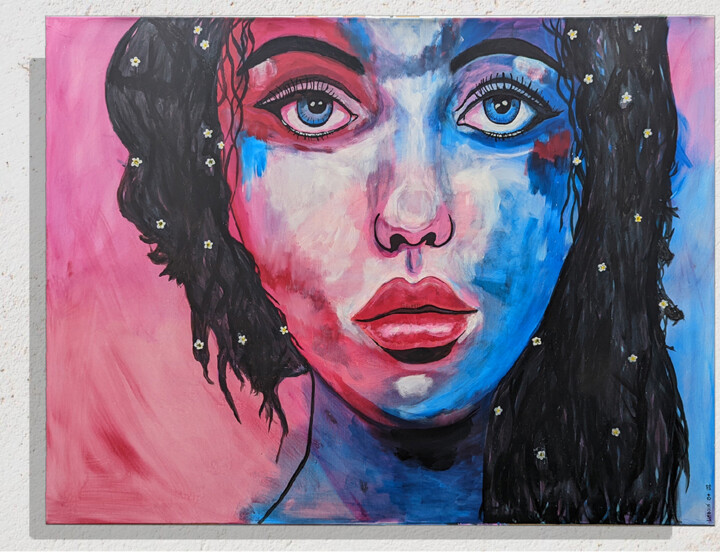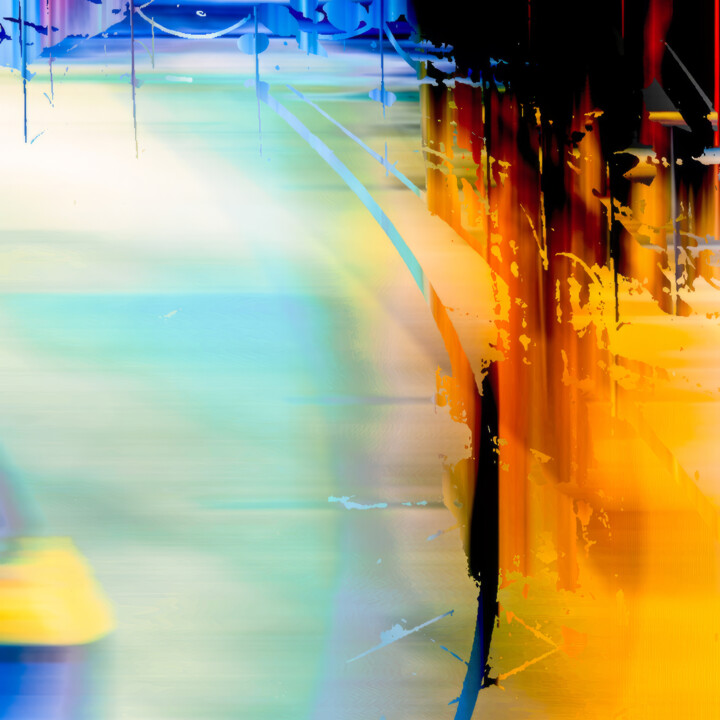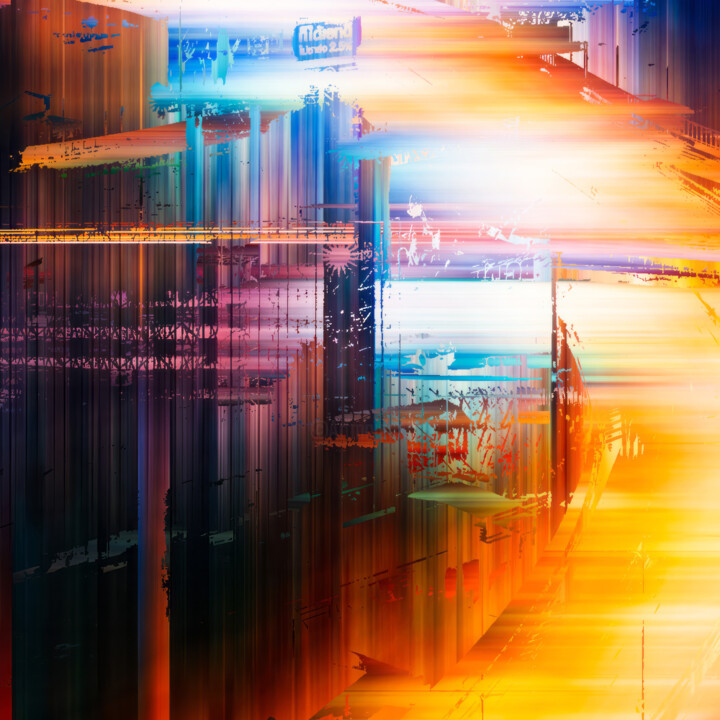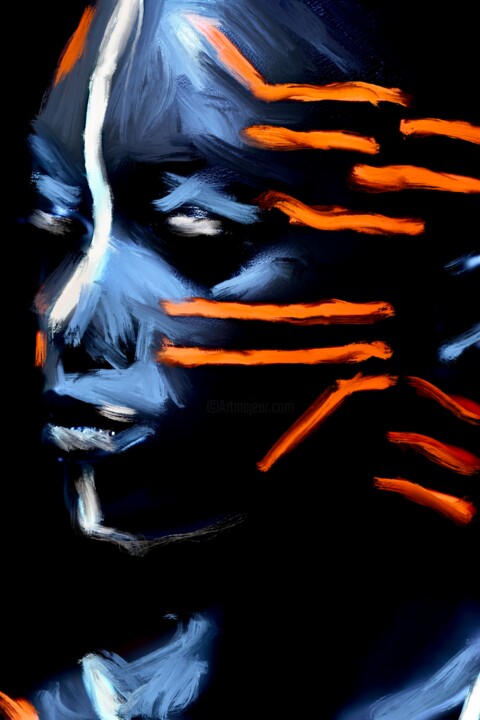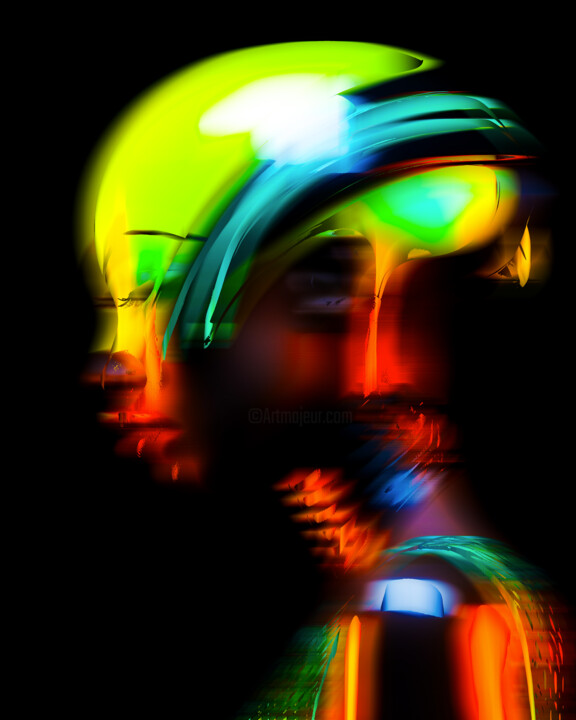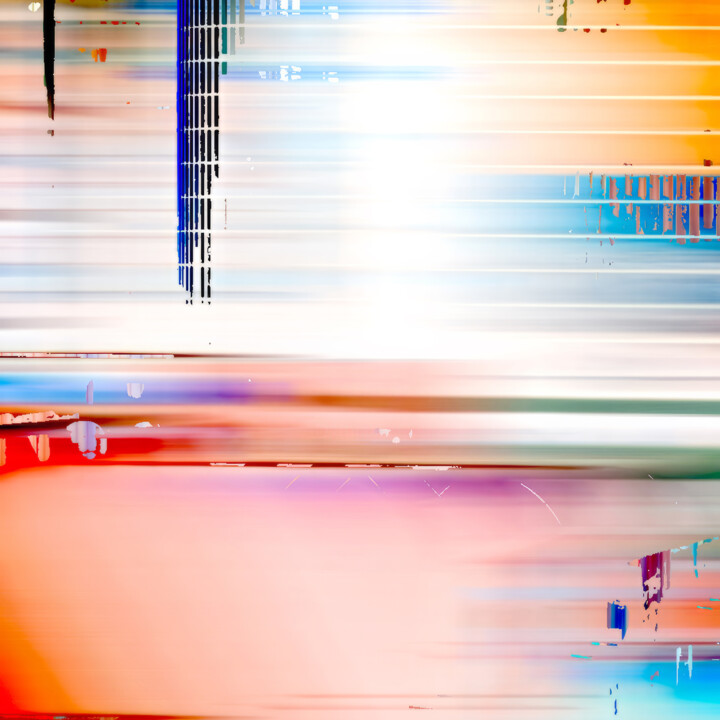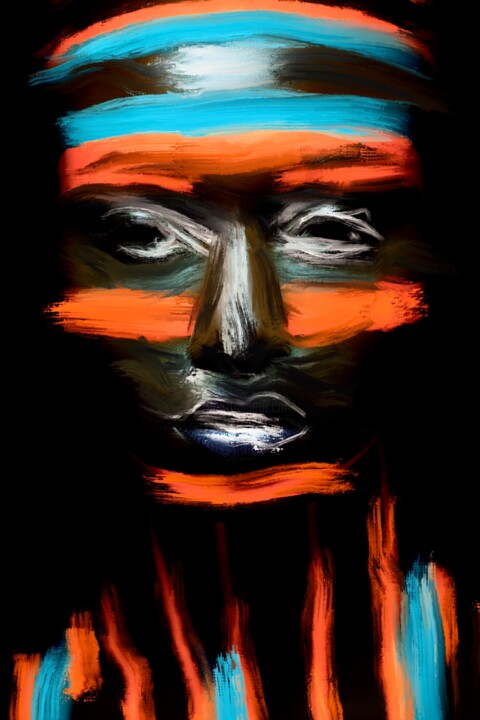Can an AI create art?
Images generated by artificial intelligence (AI) raise a fundamental question: can they be considered true works of art? A question that is all the more relevant since AI-based image generation technologies have made artistic creation not only accessible and rapid but also almost free for the general public. This ease of access has the potential to trivialize the creative process because it minimizes the effort traditionally required to create works, such as technical skill and artistic research, which normally take much more time to master.
In addition, these images are sometimes produced by trained models without the knowledge of the artists whose works serve as the basis for learning, which also raises ethical questions. This type of practice can devalue the work of authentic artists who, for their part, have had to devote years to developing their skills to achieve a distinctive style.
At Artmajeur, we recognize and take these concerns related to AI-generated art very seriously. We are committed to supporting the diversity of artistic expressions and recognizing the unique contribution of each artist, whether they employ traditional methods or innovative digital tools. We are committed to fostering an environment where all forms of art, including those enabled by AI, are valued while respecting the rights and integrity of creators at all levels.
 Pierre Lamblin
Pierre Lamblin
Copyright: Respect for the work of artists is essential
Artists' work should not be used for training purposes without their explicit consent. We understand and share artists' concerns regarding respect for copyright and intellectual property. This is why Artmajeur was one of the first platforms to completely prohibit AI training robots from drawing from our gallery without the artists' consent.
We actively work to ensure that AI-generated works featured on our platform follow strict ethical and legal guidelines, prioritizing transparency and consent from creators whose works contribute to training AI models.
Furthermore, major publishers, such as OpenAI, are also aware of these issues and now prohibit the creation of works imitating an artist's specific style, to prevent copyright infringement.
Clear identification of works using AI generation
A recurring challenge is the difficulty for clients to clearly identify works that contain AI-generated images. Some resemble photography, others resemble digital arts, and still others resemble real paintings. On Artmajeur, we ensure that all works incorporating such images are correctly labeled, ensuring full transparency so customers can make informed decisions when purchasing.
The unique and irreplaceable value of traditional art
Despite the ease and speed of creation offered by AI through tools such as Dall-e, Mid-journey or Stable Diffusion, we observe a phenomenon of saturation and weariness with regard to the "standard" images generated by AI. Only artists who integrate a thorough and constant creative research approach into their use of AI manage to distinguish themselves and develop a recognizable original style.
From the perspective of buyer segmentation, the emergence of AI in art has not disrupted the market: collectors' interest in AI-generated works has always been marginal compared to others traditional visual arts forms such as painting, drawing, photography or printmaking. The majority of clients continue to prefer original "physical" works, created by the hand of the artist, with the sweat of his brow: they ultimately embody a part of his creative energy and as such possess a unique intrinsic value.
AI: One tool among others?
We see AI as a new tool available to creators. Renaissance, impressionism, cubism, the history of art is rich in examples where innovations, whether they concern painting, sculpture or other mediums, were initially greeted with skepticism or even rejected, before finally be accepted and integrated as essential components of artistic evolution. This phenomenon repeats itself across eras, often reflecting tensions between established traditions and new approaches that challenge existing norms.
More recently, digital arts have also gone through this phase of criticism before being recognized as a legitimate form of artistic expression.
As with any innovation in the artistic field, the reception is often tinged with skepticism before reaching a broader level of acceptance. We believe that AI can enrich the spectrum of artistic creation but that it will never replace humans.
 Jean-Marie Gitard (Digital Art)
Jean-Marie Gitard (Digital Art)
Your opinion counts
Share your opinion on the subject: the perspectives of artists and art lovers are important to us because they represent the reality of the market, we encourage you to share your opinions and remarks. Your feedback is essential to help us continually improve our practices and equitably support the entire artistic community.

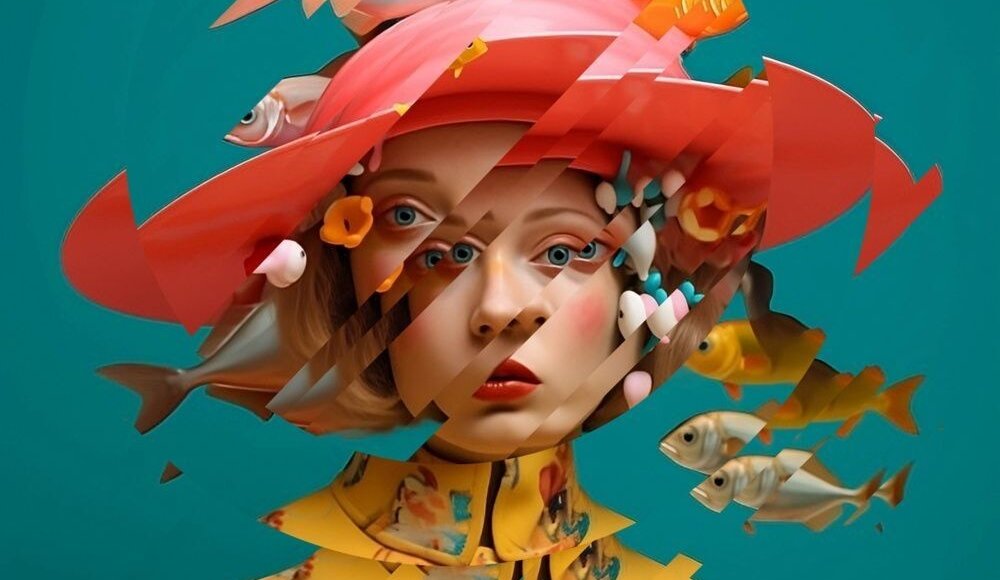
 Samuel Charmetant
Samuel Charmetant

